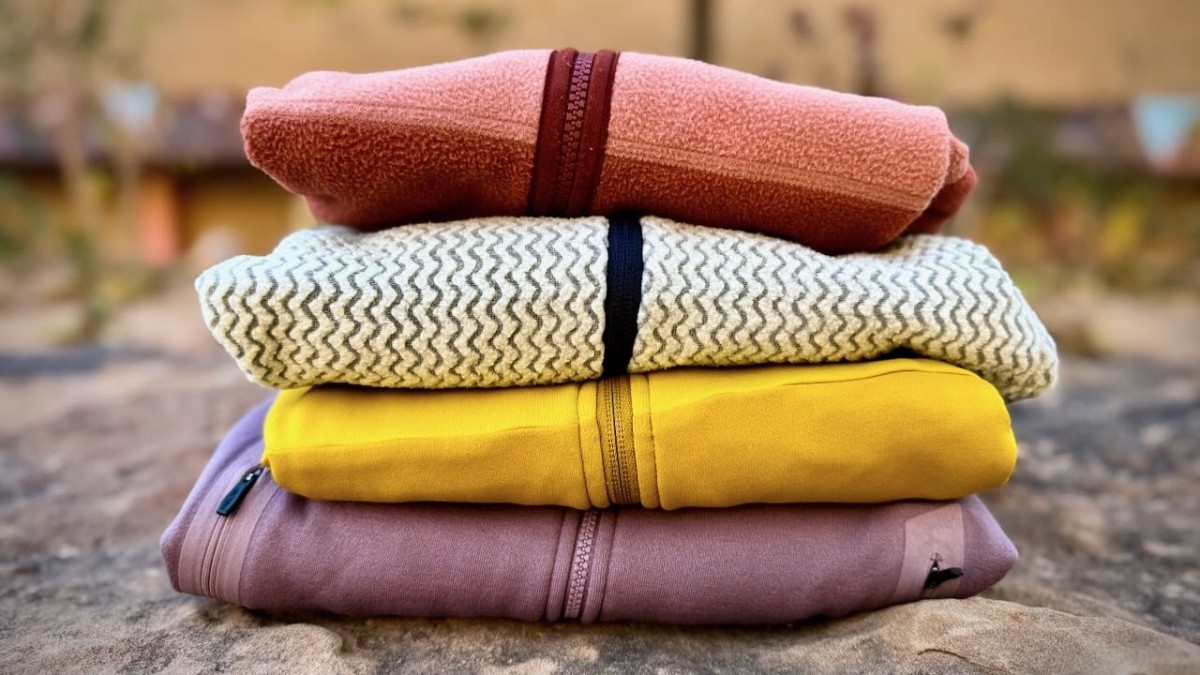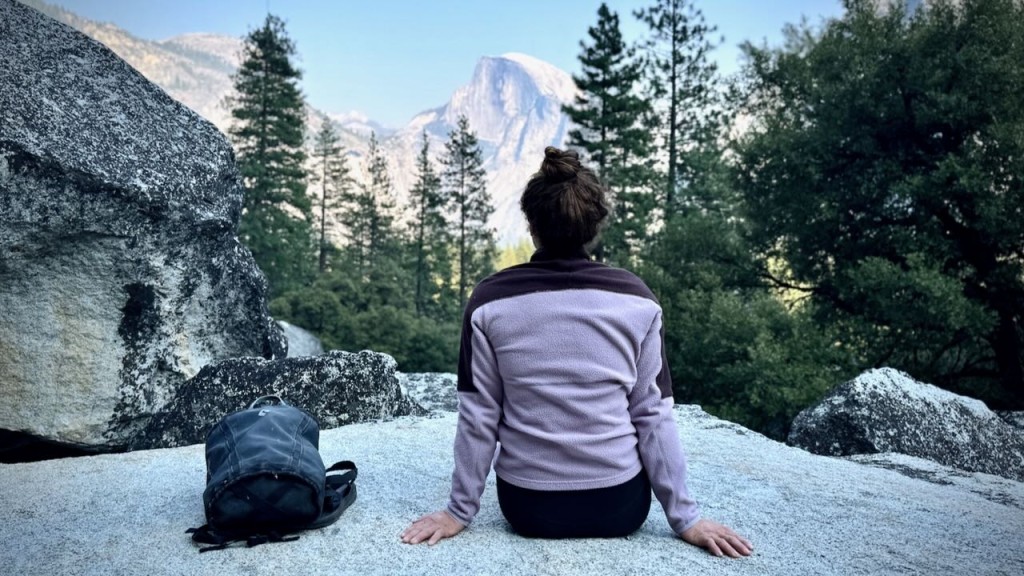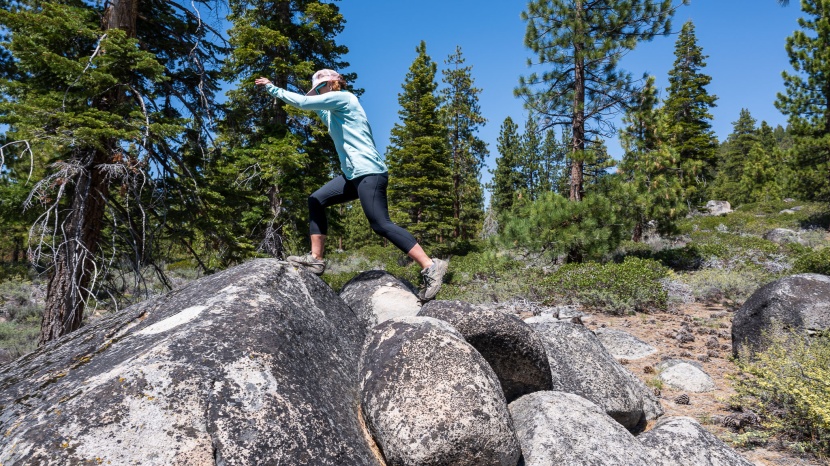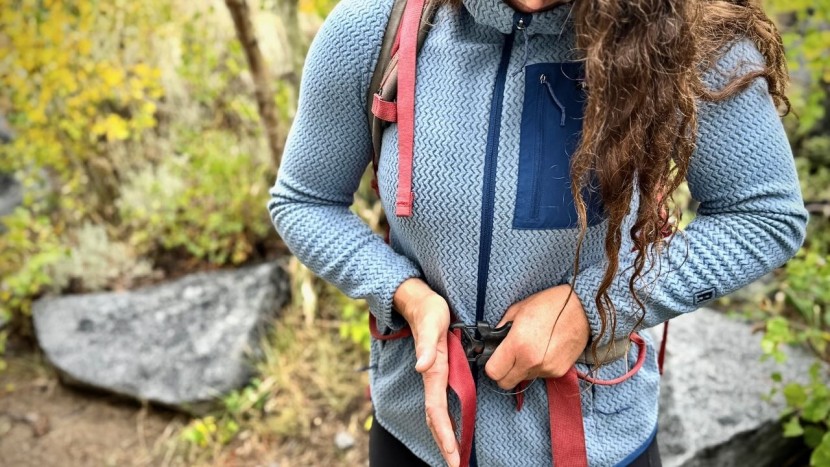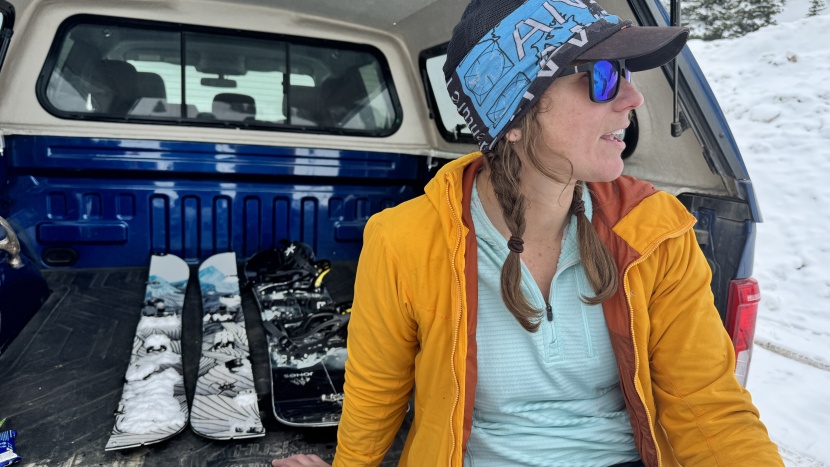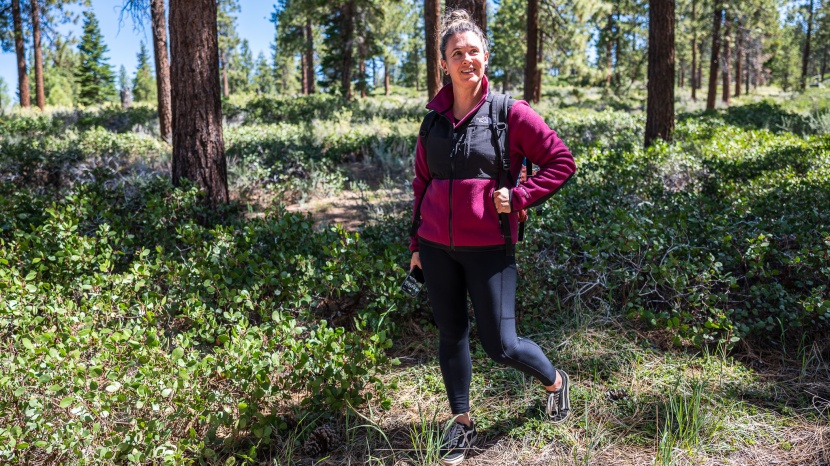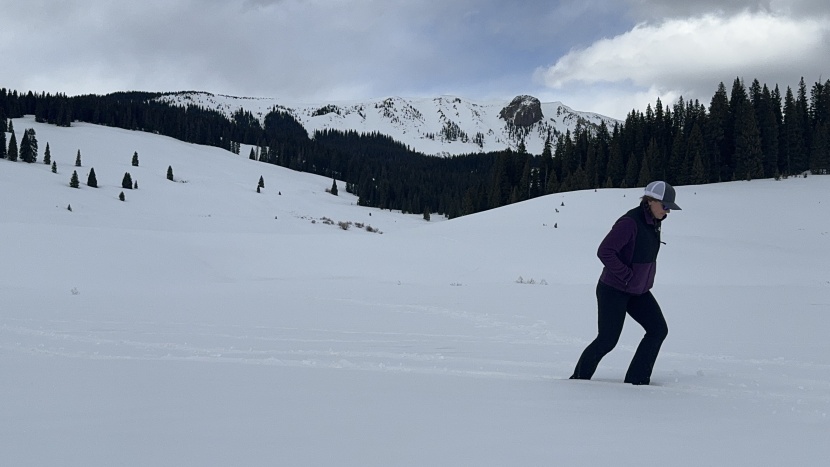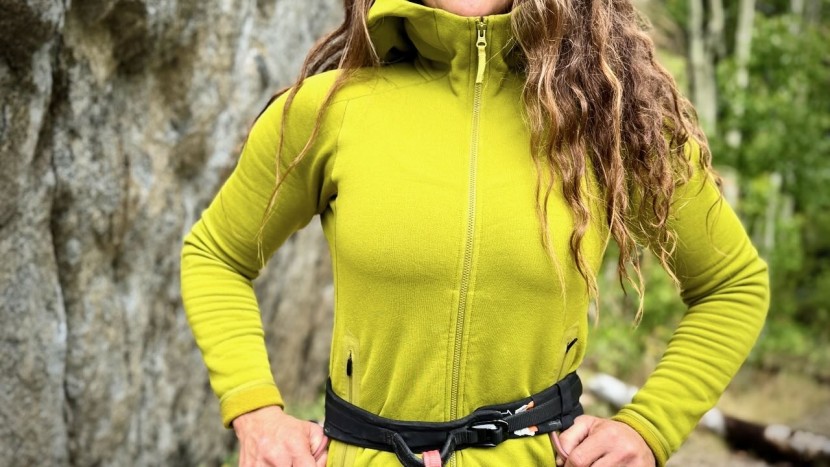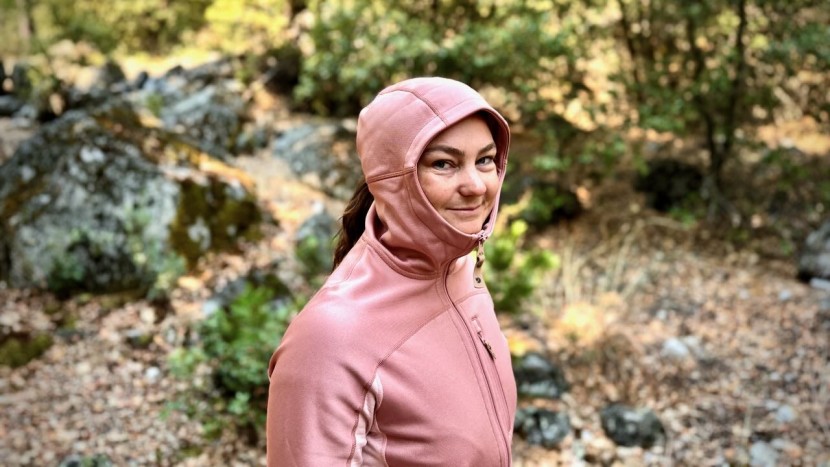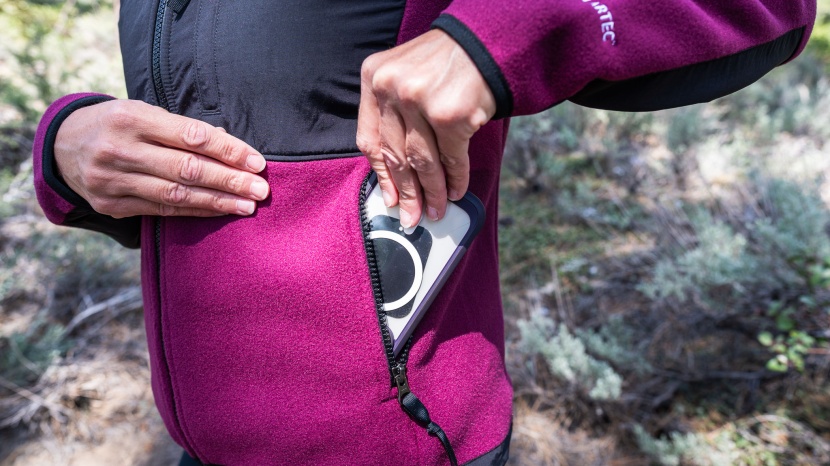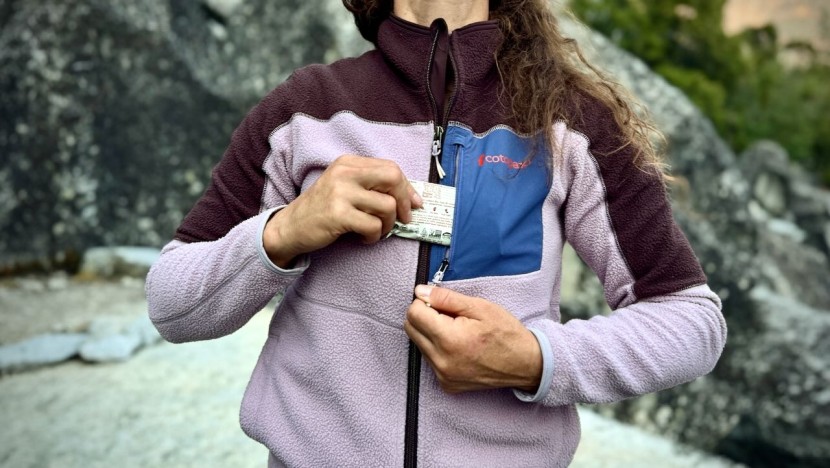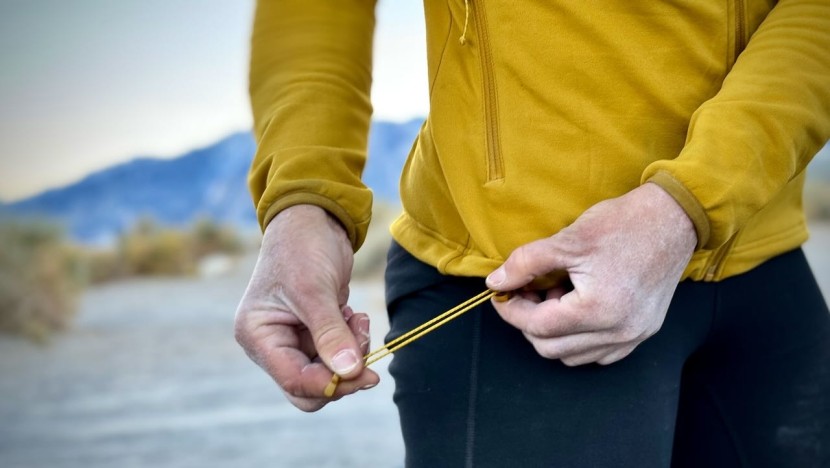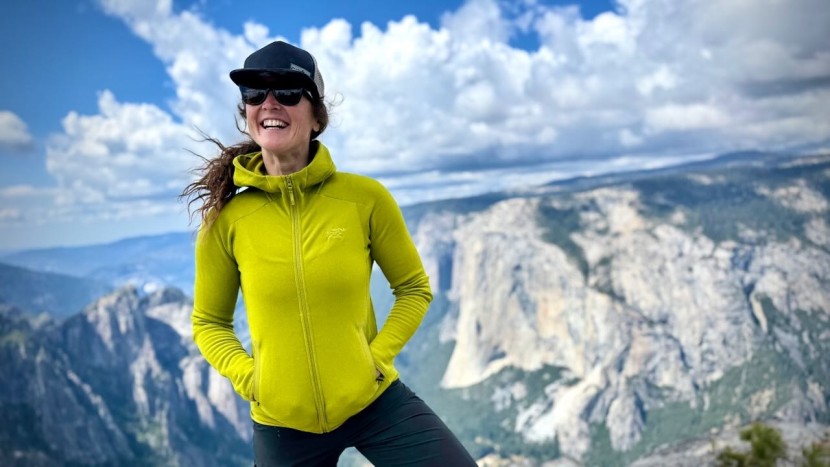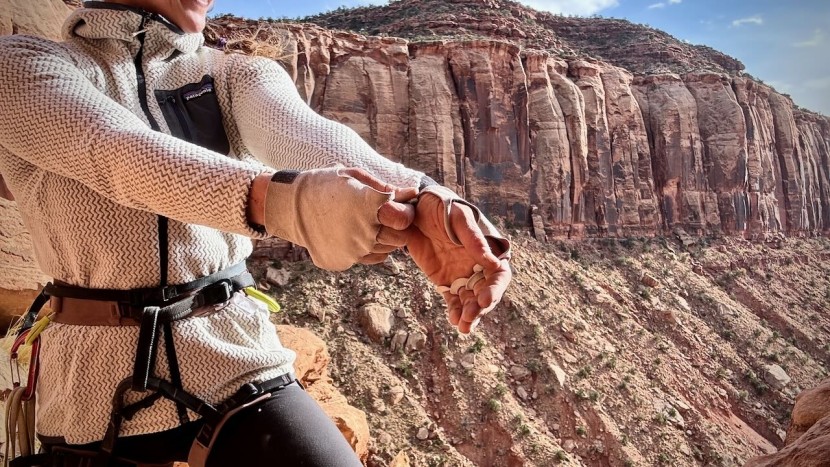A fleece jacket is designed to provide warmth as either a mid-layer or jacket. In cold weather, it can be used to add warmth to a layered system that includes the base layer on the bottom and fleece in the middle, with a jacket or shell on top. In weather that isn't as cold, it can be worn as a stand-alone layer. Buying a fleece means you'll have added a key piece of clothing to your outdoor collection. So which to choose? This article will help answer all the questions you might have in your quest to find the best fleece jackets for women.
What Kind of Fleece Do You Need?
First, consider what you'll be using your fleece for, as this will dictate the type you should buy. There are a variety of different materials used in fleece construction; some offer more warmth, while others focus on breathability.
For example, if you know you'll be mostly wearing your fleece casually, and you'd like the option to take a hike, then you can probably invest in a fleece that is less technical and doesn't breathe as well. However, if you're seeking one that you can literally take from the tent to the top of a peak, you might find yourself looking for one that provides both warmth and breathability. Alternatively, you could simply seek a well-constructed jacket to wear to work when the weather gets cool outside.
Fleece Material Considerations
To aid you on your quest for the perfect fleece, we've outlined some pertinent know-how to help you make the best decisions about what to buy. In our best fleece jacket article, you'll notice a comparison chart that outlines the major materials and features of each jacket.
Fleece and Thermoregulation
What's so special about fleece? Fleece fabric has some unique properties when compared to natural cotton or wool. The fabric has empty space between the threads that creates pockets of air on both sides of the fabric, which is what keeps you warm. It retains a lot of its warmth even when wet, and the material is naturally hydrophobic and repels water. This is good for when you are caught in an unexpected storm without a waterproof jacket, and when the material does get wet, its synthetic nature means it often dries out relatively quickly.
The downside to its hydrophobic properties is that it doesn't typically allow the moisture generated by your body (i.e., sweat) to escape through the fabric and evaporate. Manufacturers have worked tirelessly to correct this, and much of the innovation in the last decade has centered around increasing the material's breathability.
In recent years, Raschel, or silky, high-loft fleece, has grown more popular. This type of material is distinctly different than the standard fleece pile. It is so smooth and silky that it makes the old-school version feel a bit sandpapery. It's not for everyone, as it has a distinct muppet-like look and is not as breathable as some of the more technical fabrics out there. This is an excellent option for women looking for a warm fleece that they can occasionally hike in or take to the slopes.
Another solution to this thermoregulation problem is the popular Polartec Grid technology that we see adopted in many of the fleeces in this review. In fact, breathability is achieved with the use of this fabric. The fabric is constructed with square islands of insulation, with channels running around each tuft. This helps to generate heat while providing the space for heat to escape and vent right through the fabric easily. The result? Excellent warmth-to-weight ratio. If you're seeking a jacket that can thermoregulate well, check out options with this technology.
The downside of a highly breathable jacket is that it tends to do a poor job of blocking the wind because the channels that let your sweat out also let cool air back in. Look for a breathable fleece first if you are going to be doing any type of intense cardio activity in your jacket, whether running or hiking in cold weather, backcountry and cross-country skiing, or even rock climbing.
Weight
When considering what you should buy, the weight of the jacket can be important. Fleece jackets come in several different weight options. The weight is what determines the thickness of the material, so a thicker and, therefore, heavier fleece will be warmer. The weights are determined by how much a one-meter square block of the material weighs and generally fall into the following categories:
<100 g/m² = micro-weight100 g/m² = lightweight
200 g/m² = midweight
300 g/m² = heavyweight
We generally recommend the light and midweight fleece categories, particularly if you're going to be active. A heavyweight fleece jacket will keep you warm and toasty, but it may be a little too warm. The materials can also be bulkier and less likely to layer well under a jacket.
Choosing between a lightweight and midweight layer can be difficult. Base your decision primarily on the temperature of the environment where you are going to use it most and how active you will be. Also, consider what you normally like to wear outside. If you typically wear a warm insulated jacket, perhaps only a light additional layer of warmth is needed. If you know it will be way below freezing, and you want a highly insulative layer where breathability doesn't matter, then go for the heavier option.
Protection from the Elements
It's important to recognize that most fleeces aren't wind or water-resistant. Some manufacturers will strive to offer this luxury, but few rarely succeed. You might find the odd fleece with a DWR (durable water repellent) treatment applied to the surface to increase its ability to repel water.
Others use a “Hardshell Technology” construction that makes water bead up on the material's surface and rolls off. If you think that you'll be exposing yourself to poor weather conditions without a shell, these features might be of importance to you. If so, look for a jacket that features added Windstopper or nylon layers, special treatments, or other features that can help block the elements. Don't just assume these features are built into every fleece out there.
Fleecy Features
There are lots of different features that can be added to your jacket, most of which will increase the cost, but aren't always necessary. Here are some things to consider when examining the features of your next purchase.
Hoods
To have a hood or not have a hood? That is the question. Many women either have a strong preference for hoods or against them. Helmet-compatible hoods, like those found in most technical fleeces, are a great way to add extra warmth, especially when you find yourself shivering at an icy belay way off the deck. The hood can help prevent snow and ice from falling down your neck. A hood on a mid-layer could also eliminate the need for a hood on a jacket, reducing the bulk of your overall layering system.
However, not everybody is a fan of hoods. For example, if you plan on wearing your fleece under a ski jacket, a hood can bunch at the neck when it's not in use. Other people prefer to wear their jackets as a hood or to wear a beanie and neck warmer combination instead. Whatever your choice, try to premeditate possible uses for the hood. If you need it, get the hoodie instead of the jacket. If you need one to go under a helmet, make sure it's compatible.
Thumb Loops
Some people love this design element, and others can't stand it, so the first thing you should check out is if you even like the feel of thumb loops or not. If so, they are a nice feature to have as they increase the jacket's coverage and prevent your wrist from getting exposed if, say, there is a gap between your gloves and your outer layer. They can prevent snow and ice from entering your jacket the wrong way and also prevent your sleeves from riding up when putting on another layer or when swinging your arms overhead, as when ice climbing.
Pockets
Pockets are an important element. They provide a cozy spot to warm up your hands and a place to stash your keys or phone, and they can also help with ventilation. A jacket with cozy fleece-lined pockets will keep your hands warmer. Mesh-lined pockets, on the other hand, will aid in breathability.
Some models have extra pockets on the upper chest or arm, but we can't say that these are a definite must-have. They are usually small, and we rarely put much in them other than a tube of lip balm. Having two zippered hand pockets is usually ideal, except in cases where you solely plan to wear it under a climbing harness, where you can't even access them.
Drawstring Hems
Adjustable hems seal in warmth well. Cinching down the lower hem can prevent the jacket from riding up, reduce heat loss, and prevent cool updrafts. They're particularly nice on the outer layer, but if you wear the fleece under a shell, they're probably not crucial.
Fit
Fit is always an important consideration. We all have different body shapes, and no two gear companies use the same fit or measurements for their products. If you tend to have some measurements that are different from the “norm,” try on as many different brands as possible until you find the one that fits you best. There are a few things to keep in mind when fitting a fleece jacket.
Tapering
Women are not shaped like men, and outdoor gear designers seem to have finally realized that. Most technical models are cut with a certain amount of tapering at the waist and flaring at the hips. A form-fitting silhouette is key to getting a good fit under a harness or pack. Too much extra material at the waist will bunch up and be uncomfortable, so make sure that your technical fleeces are more form-fitting. If a non-technical fleece is what you're after, a boxier fit will inherently be more comfortable but more suited for just lounging around the house.
Torso Length
This might not matter so much for an around-town fleece, but it is crucial if you will be wearing it under a pack or harness. Some jackets are cut a little short on the torso, and they tend to ride up under a harness backpack waist belt. To avoid this, ensure your chosen model extends at least three to four inches below your hip bones. If you're ordering online, look at the measurements or read these individual reviews that touch on this topic.
Arm Length
Arm length can make or break an otherwise perfect jacket. If the arms are too long, they can bunch weirdly or require rolling, and if they're too short, you'll just generally be uncomfortable, with perpetually cold wrists. Often, this fit issue is brand-specific. For example, we've noticed over the years that many of The North Face's models that we've tested tend to have shorter arms. This may not be a problem if you have short arms, but our longer-armed testers definitely notice! When trying on different products, always remember to raise your arms out and then over your head several times to ensure that you have a good fit, regardless of your activity.
Conclusion
Finding a fleece can be a bit overwhelming, given the number of options on the market. It becomes a bit easier if you identify the key features you're seeking, hone in on those, and make your choice accordingly. Look for the colors you love and the bells and whistles you lust over. Our review covers the best options out there, so check out individual reviews and our main article to get clear comparisons of our current favorite fleeces, with a thorough analysis of performance and our experience.

